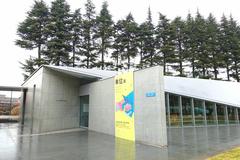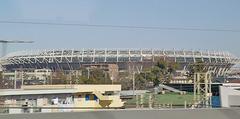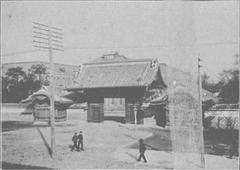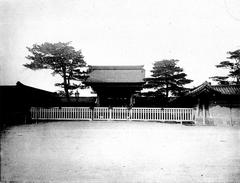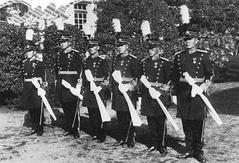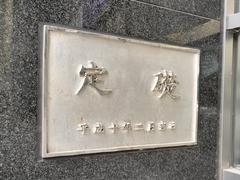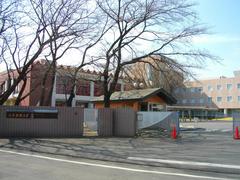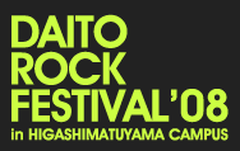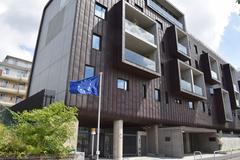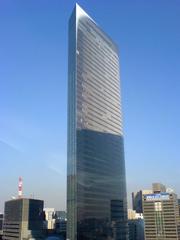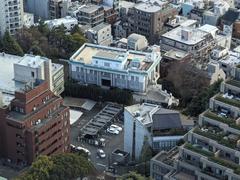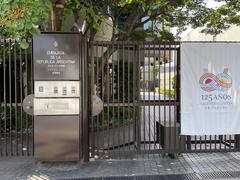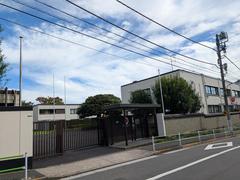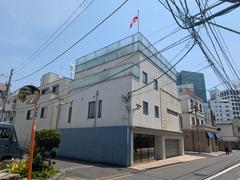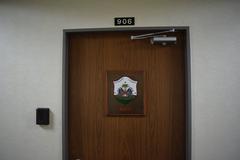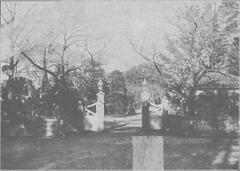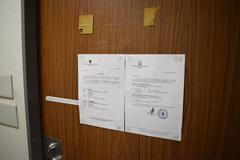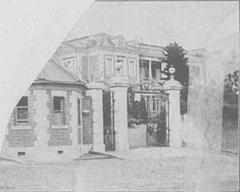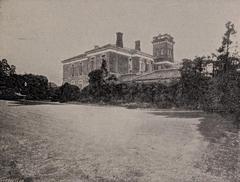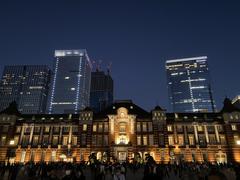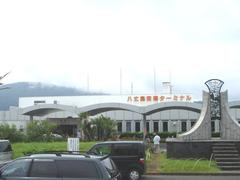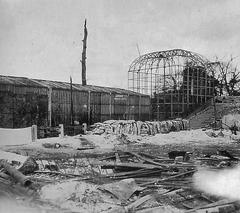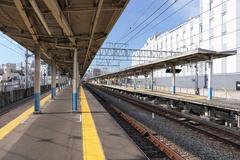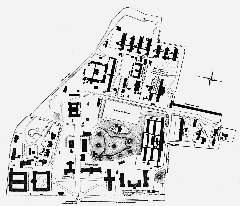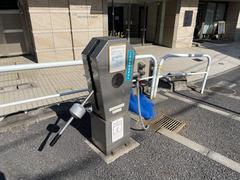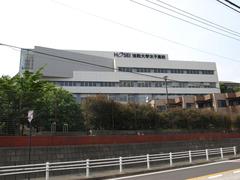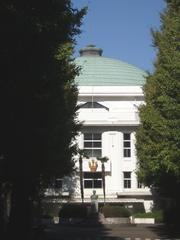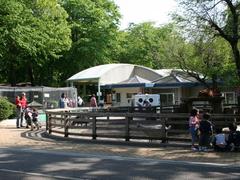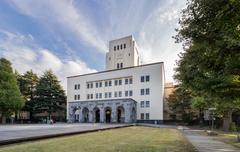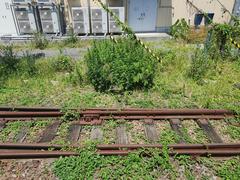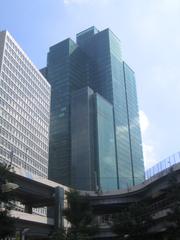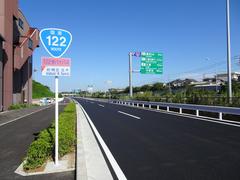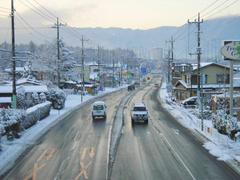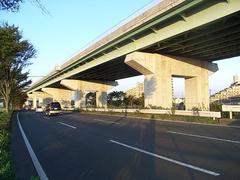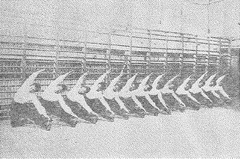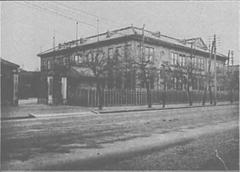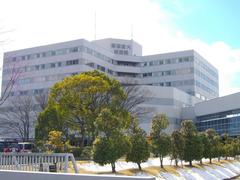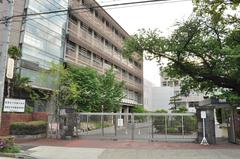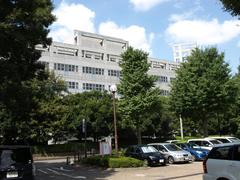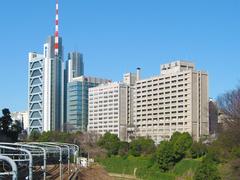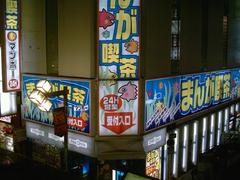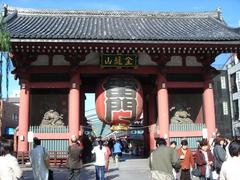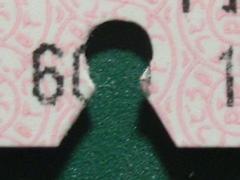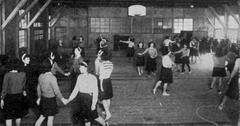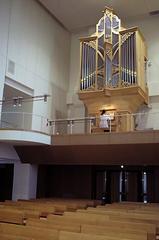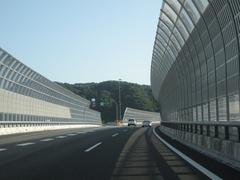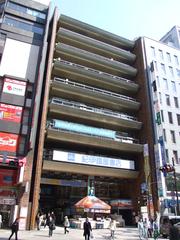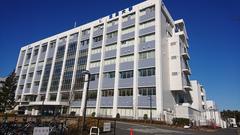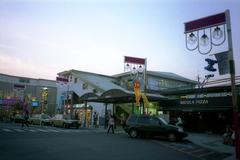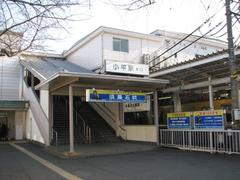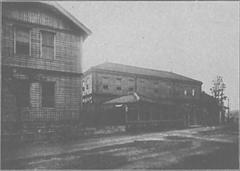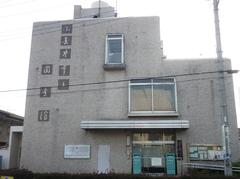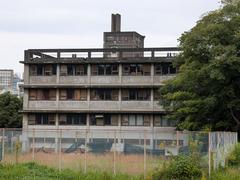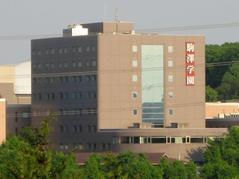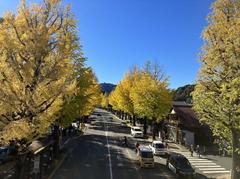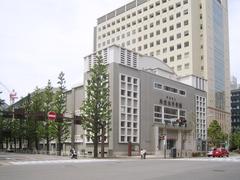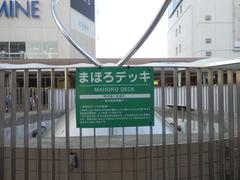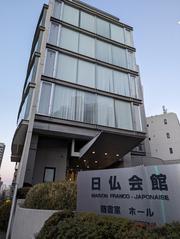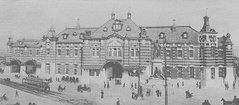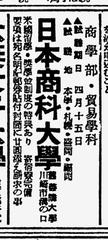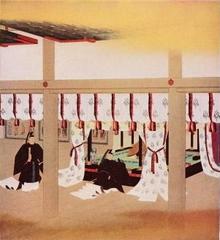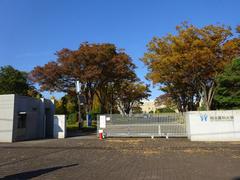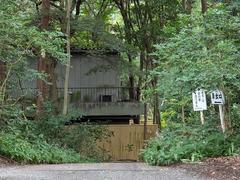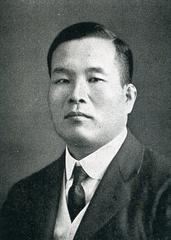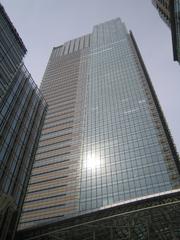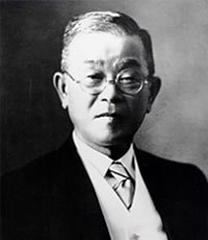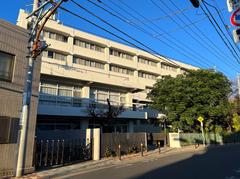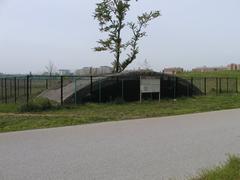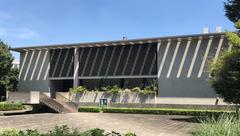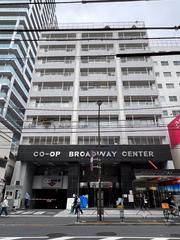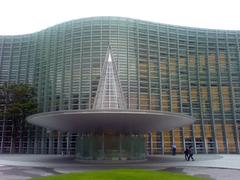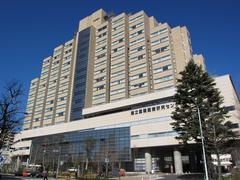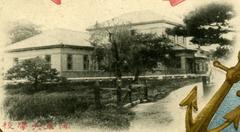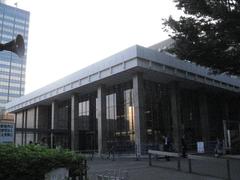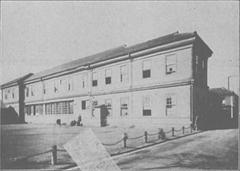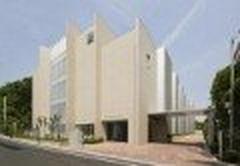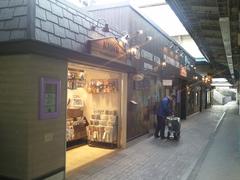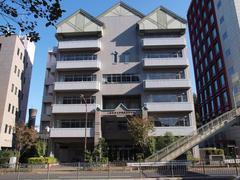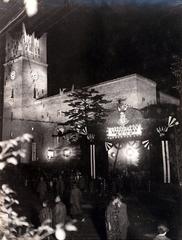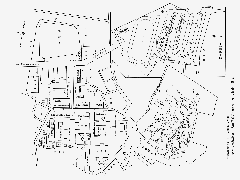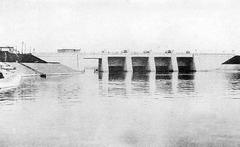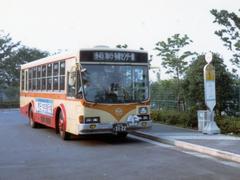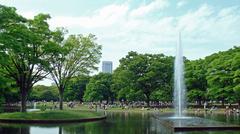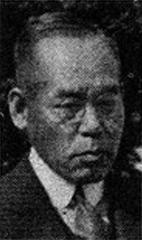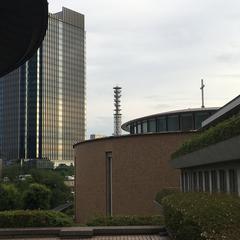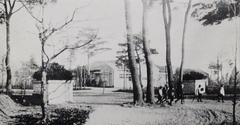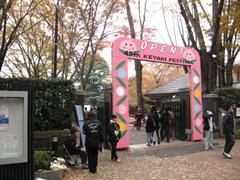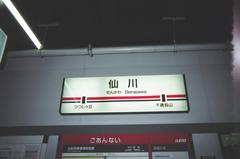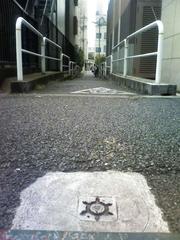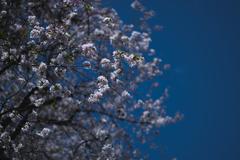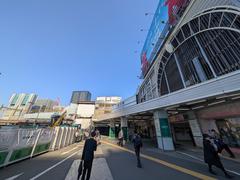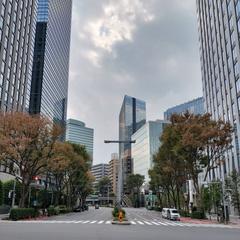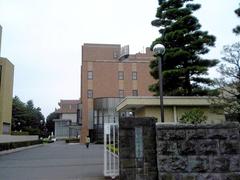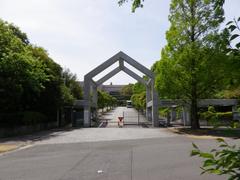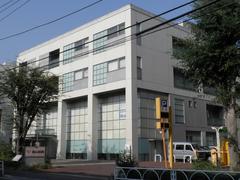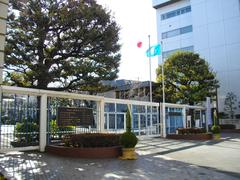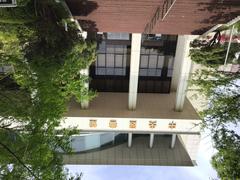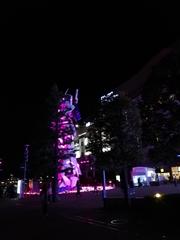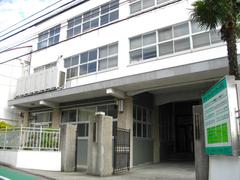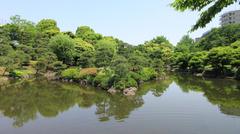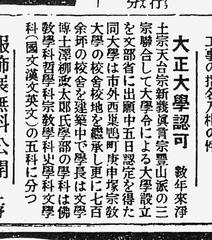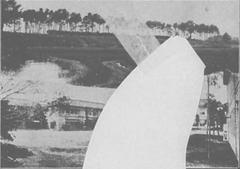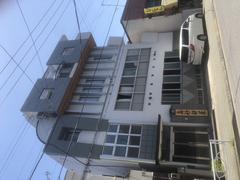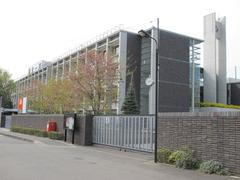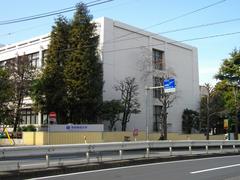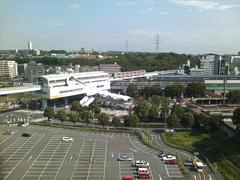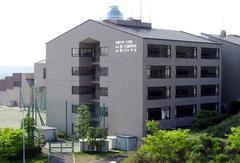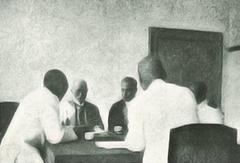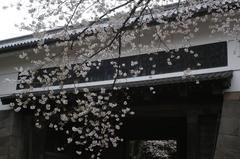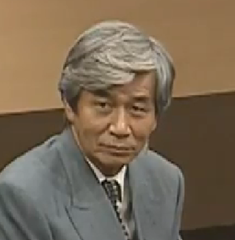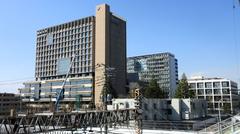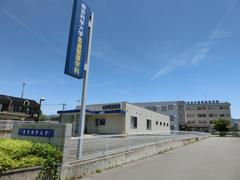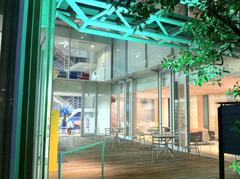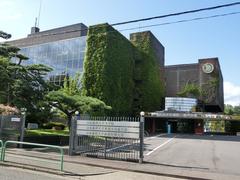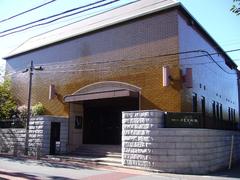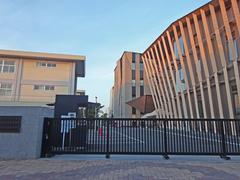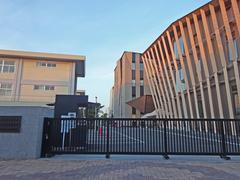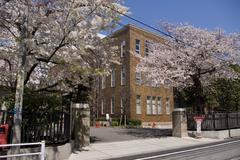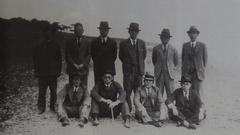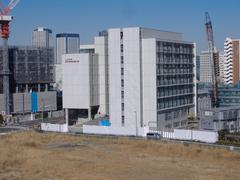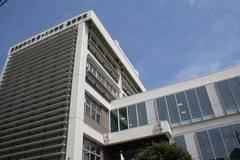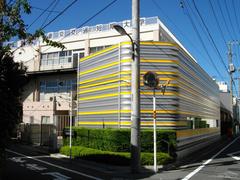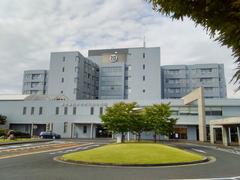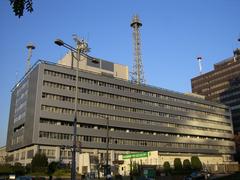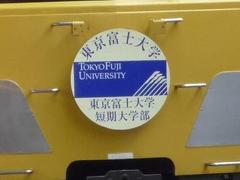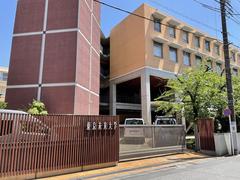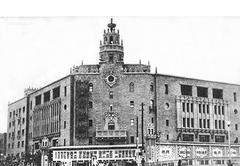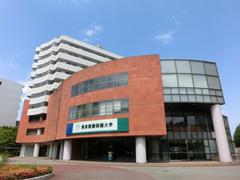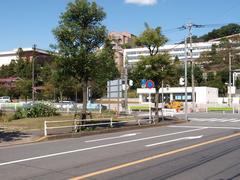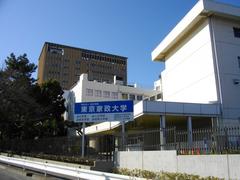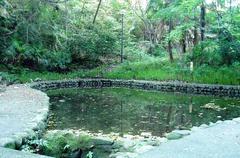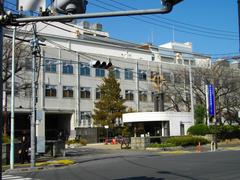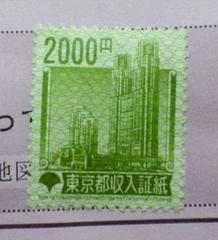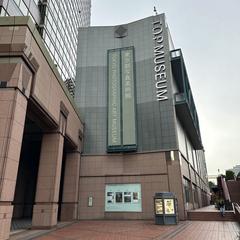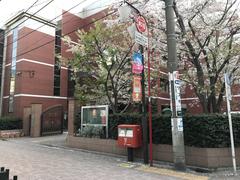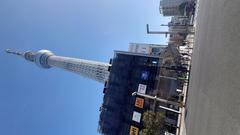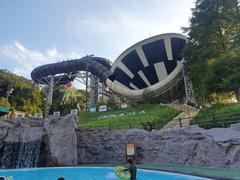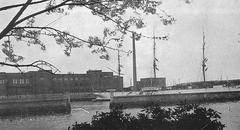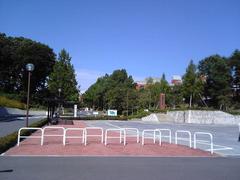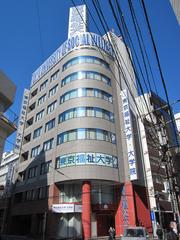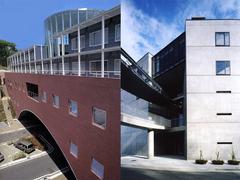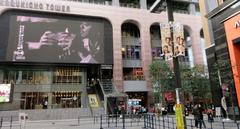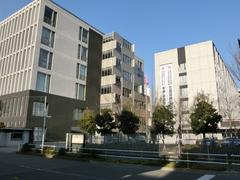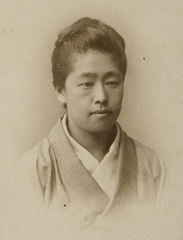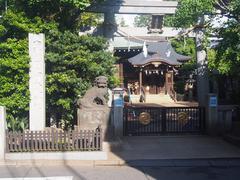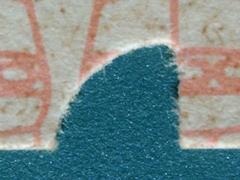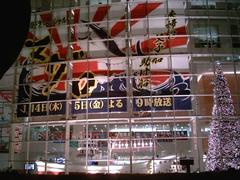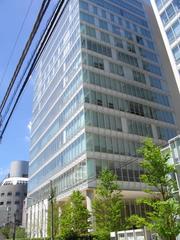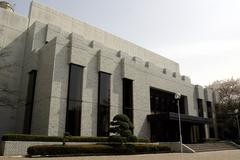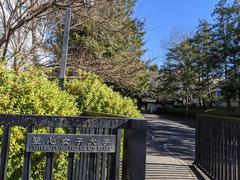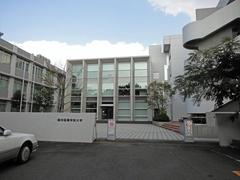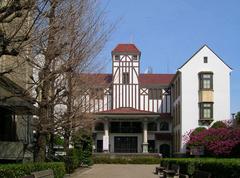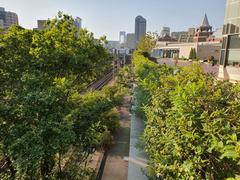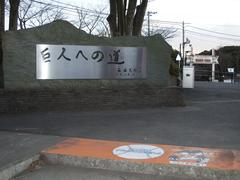Comprehensive Guide to Visiting Shibuya Scramble Square, Tokyo, Japan
Date: 18/07/2024
Introduction
Shibuya Scramble Square, known locally as 渋谷スクランブルスクエア, is a quintessential example of Tokyo’s dynamic blend of modernity and tradition. Opened in November 2019, this 47-story skyscraper stands as a beacon of architectural innovation and urban redevelopment. Situated directly above Shibuya Station, one of Tokyo’s busiest transportation hubs, the building epitomizes the city’s forward-thinking ethos, integrating state-of-the-art facilities with cultural landmarks. The development of Shibuya Scramble Square was a collaborative effort involving both public and private sectors, including the Tokyo Metropolitan Government, Tokyu Corporation, and East Japan Railway Company (JR East). The project was part of the broader Shibuya Station Area Redevelopment Plan, initiated in the early 2000s to modernize the area while preserving its unique cultural heritage (Shibuya Scramble Square Official Website) (Tokyo Metropolitan Government).
The building is not just a commercial hub but also a cultural landmark, housing a mix of retail, office, and cultural spaces. It features the Shibuya Sky observation deck, offering panoramic views of Tokyo’s skyline, including iconic landmarks like Tokyo Tower and Mount Fuji. The building’s sleek, glass façade, designed by renowned architectural firms such as Nikken Sekkei, Kengo Kuma and Associates, and SANAA, reflects the dynamic energy of Shibuya (Nikken Sekkei) (Kengo Kuma) (SANAA). This guide aims to provide a comprehensive overview of what Shibuya Scramble Square has to offer, including its history, architectural significance, visitor information, and nearby attractions, to help you plan your visit effectively.
Table of Contents
- Introduction
- History of 渋谷スクランブルスクエア (Shibuya Scramble Square)
- Visitor Information
- Nearby Attractions
- Future Prospects
- FAQ
- Conclusion
History of 渋谷スクランブルスクエア (Shibuya Scramble Square)
Early Development and Planning
The concept of 渋谷スクランブルスクエア (Shibuya Scramble Square) was born out of a broader urban redevelopment initiative aimed at transforming Shibuya into a global business and cultural hub. The project was part of the Shibuya Station Area Redevelopment Plan, which began in the early 2000s. The goal was to modernize the area while preserving its unique cultural heritage. The planning phase involved extensive collaboration between public and private sectors, including the Tokyo Metropolitan Government, Tokyu Corporation, and East Japan Railway Company (JR East).
Construction Milestones
Construction of Shibuya Scramble Square began in 2014, with the project divided into multiple phases. The first phase, which included the construction of the East Tower, was completed in November 2019. This 47-story skyscraper stands at 230 meters, making it the tallest building in Shibuya. The construction process was a marvel of modern engineering, involving advanced techniques to ensure the building’s resilience against earthquakes, a critical consideration in Japan.
Architectural Significance
Shibuya Scramble Square is a testament to contemporary architectural innovation. Designed by a consortium of renowned architectural firms, including Nikken Sekkei, Kengo Kuma and Associates, and SANAA, the building features a sleek, glass façade that reflects the dynamic energy of Shibuya. The design incorporates sustainable building practices, such as energy-efficient systems and green spaces, aligning with Tokyo’s commitment to environmental sustainability.
Cultural and Economic Impact
Since its opening, Shibuya Scramble Square has had a profound impact on both the local and broader Tokyo economy. The building houses a mix of commercial, office, and cultural spaces, including the Shibuya Sky observation deck, which offers panoramic views of Tokyo. The influx of businesses and tourists has revitalized the area, contributing to Shibuya’s reputation as a global city. The building has also become a cultural landmark, hosting various events and exhibitions that celebrate both local and international art and culture.
Integration with Shibuya Station
One of the most significant aspects of Shibuya Scramble Square is its integration with Shibuya Station, one of Tokyo’s busiest transportation hubs. The redevelopment project included extensive renovations to the station, improving accessibility and connectivity. The building’s direct connection to the station facilitates seamless transit for the millions of people who pass through Shibuya daily. This integration underscores the project’s broader goal of enhancing urban mobility and convenience.
Technological Innovations
Shibuya Scramble Square is equipped with cutting-edge technology that enhances the visitor experience. The building features a state-of-the-art digital signage system that provides real-time information on events, transportation, and local attractions. Additionally, the Shibuya Sky observation deck utilizes augmented reality (AR) technology to offer interactive experiences, allowing visitors to learn about Tokyo’s landmarks through their smartphones.
Visitor Information
Visiting Hours and Tickets
Shibuya Scramble Square is open daily from 10:00 AM to 9:00 PM. The Shibuya Sky observation deck is open from 10:00 AM to 10:30 PM, with the last admission at 9:20 PM. Tickets for Shibuya Sky can be purchased online or at the venue, with prices ranging from ¥1,800 for adults to ¥900 for children.
Travel Tips
- Best Time to Visit: Weekdays are less crowded compared to weekends. Evening visits offer stunning night views of Tokyo.
- Accessibility: The building is wheelchair accessible and offers services for visitors with disabilities.
- Photography Spots: Don’t miss the Shibuya Sky observation deck for the best photo opportunities.
Nearby Attractions
- Shibuya Crossing: One of the world’s busiest pedestrian crossings, located just outside Shibuya Station.
- Hachiko Statue: A famous statue commemorating the loyal dog Hachiko, located near Shibuya Station.
- Meiji Shrine: A serene Shinto shrine located a short distance from Shibuya.
Future Prospects
Looking ahead, Shibuya Scramble Square is poised to continue its role as a catalyst for urban innovation and cultural exchange. Future phases of the project include the construction of additional towers and the expansion of commercial and cultural spaces. These developments are expected to further solidify Shibuya’s status as a leading global city and a model for sustainable urban development.
FAQ
Q: What are the visiting hours for Shibuya Scramble Square?
A: Shibuya Scramble Square is open daily from 10:00 AM to 9:00 PM. The Shibuya Sky observation deck is open from 10:00 AM to 10:30 PM, with the last admission at 9:20 PM.
Q: How much are tickets to Shibuya Scramble Square?
A: Tickets for the Shibuya Sky observation deck range from ¥1,800 for adults to ¥900 for children.
Q: What are some nearby attractions?
A: Nearby attractions include Shibuya Crossing, Hachiko Statue, and Meiji Shrine.
Conclusion
Shibuya Scramble Square is more than just a skyscraper; it is a symbol of Shibuya’s transformation into a global hub for business, culture, and tourism. With its mix of modern amenities and cultural significance, it offers something for everyone. Plan your visit today and experience the dynamic energy of Shibuya.
References
- Shibuya Scramble Square Official Website. (n.d.). Retrieved from Shibuya Scramble Square
- Tokyo Metropolitan Government. (n.d.). Shibuya Station Area Redevelopment Plan. Retrieved from Tokyo Metropolitan Government
- Nikken Sekkei. (n.d.). Shibuya Scramble Square Project. Retrieved from Nikken Sekkei
- Kengo Kuma and Associates. (n.d.). Shibuya Scramble Square. Retrieved from Kengo Kuma
- SANAA. (n.d.). Shibuya Scramble Square. Retrieved from SANAA
